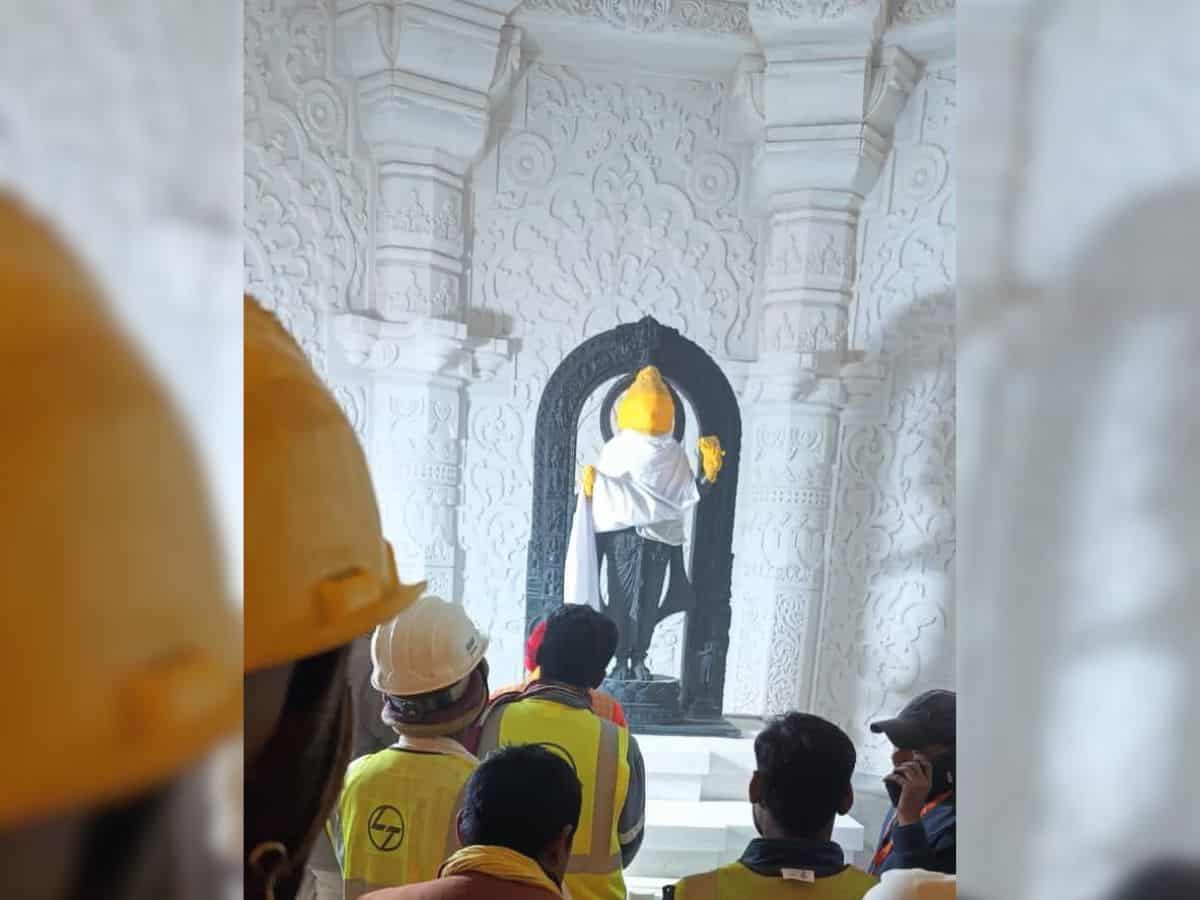
Mysore: The idol of Ram Lalla that will adorn the sanctum sanctorum of the temple at Ayodhya is carved from a 3 billion-year-old rock revealed retired professor and geologist C Srikantappa from Department of Earth Sciences, at the University of Mysore.
Earth, being 4.6 billion years old, saw its first life forms about 3.5 billion years ago. The rock used for the idol, sourced from Mysuru, dates back to this ancient era.
It is part of the Archaean Dharwar craton, specifically the Peninsular gneiss, known to be among the oldest rocks in southern India.
Professor Srikantappa explained that these rocks belong to a geological sequence that includes the Sargur Group and Dharwar Supergroup. The Sargur Schist Belt, where these rocks are prominent, is located southwest of Mysore. “U-Pb isotopic studies of zircon grains in gneissic rocks gives an age of three billion years,” he told media on Thursday.
He said, that after over three decades of extensive geological studies by the University of Mysore, it was determined that the rock used for the idol, sourced from an active quarry in Guggegowdanapura, Mysuru district, is the oldest in South India.
These types of rocks are also found in other parts of India.



